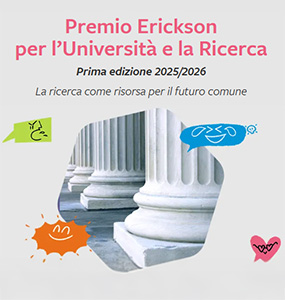You can communicate with AAC too
Sara Bianchi
Augmentative and Alternative Communication attempts to compensate for temporary and permanent communication disabilities. This article presents a project, tested in a primary school, in which AAC becomes not only a method used to increase the opportunities for a subject’s participation in class activities, but also as possible enrichment for all school pupils. The idea comes about from a shared animated reading project, at the end of which the various classes involved must produce a written paper. To enable a child with an autism spectrum disorder to participate in the creation of the text, the teachers of a year-five class prepared a series of activities to stimulate the child in the formulation of short phrases, individually at first, then working in small groups, and finally working with the whole class. After months of practice, the pupil was able to contribute to the writing of his group’s story. Thanks to the conversion of the final products into an INbook, it was possible to sensitize the children of the entire school to the existence of different communication methods, which can also be used by those who do not have a language disorder. To allow the fruition of these works, a small AAC library was created for the school complex.
Keywords
Augmentative and Alternative Communication in primary schools, Participation and enrichment for all school pupils, Knowledge of different communication methods, Whole school involvement.


